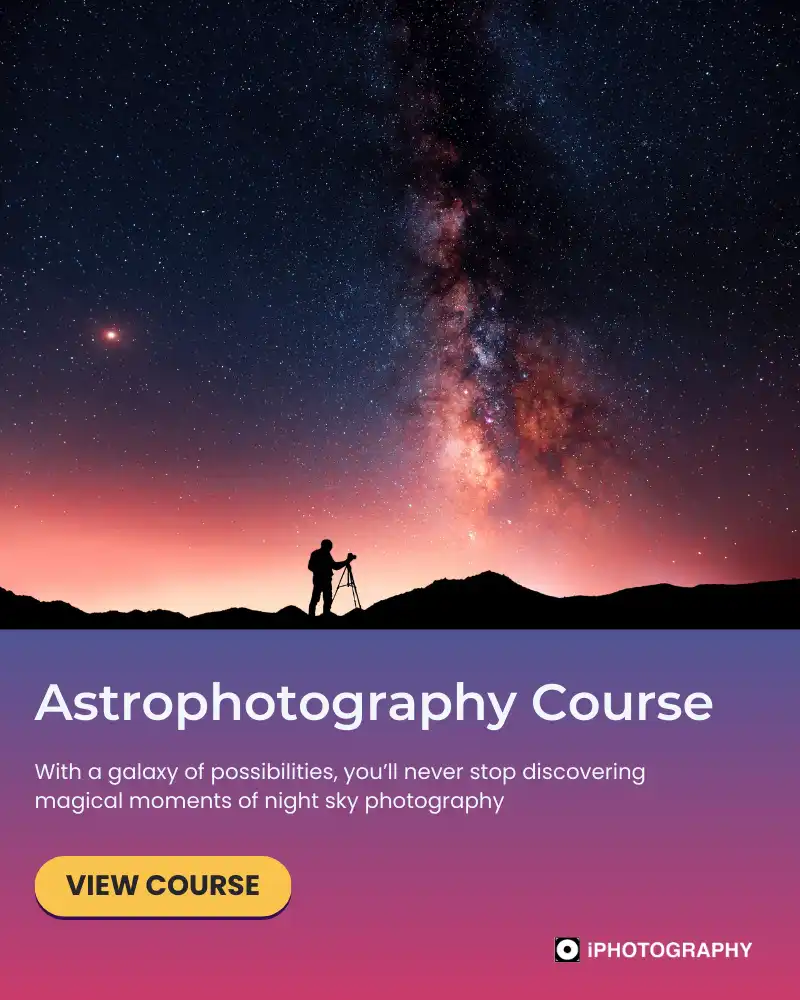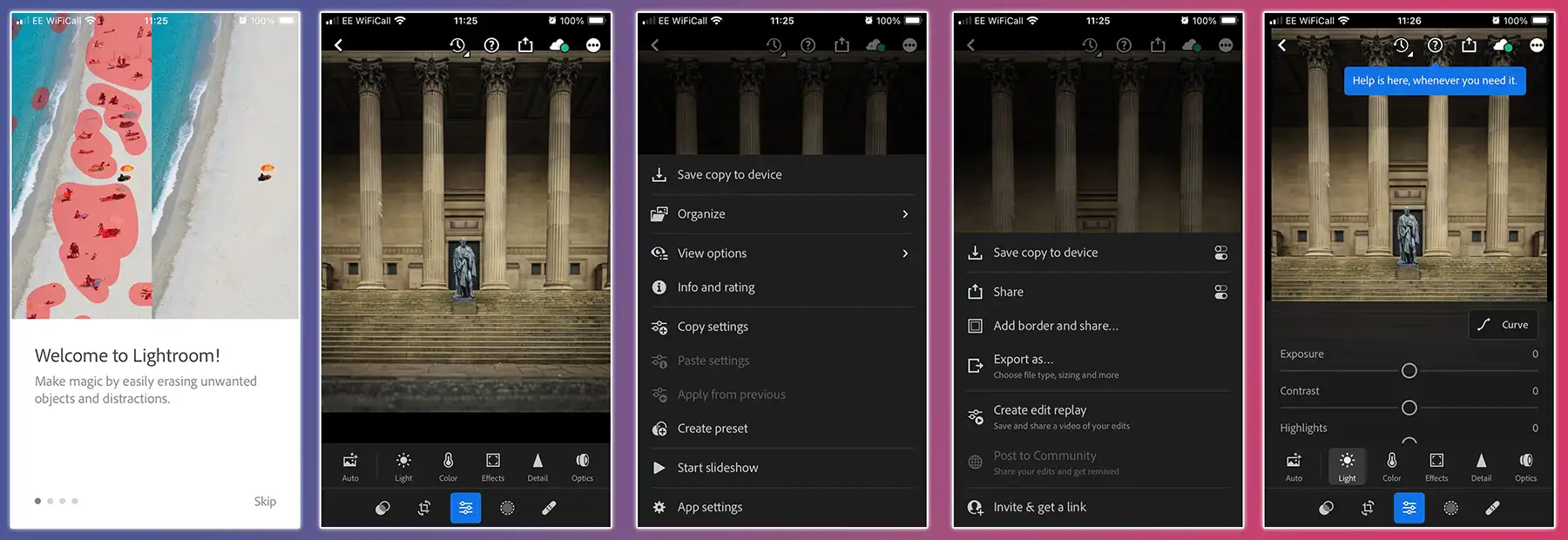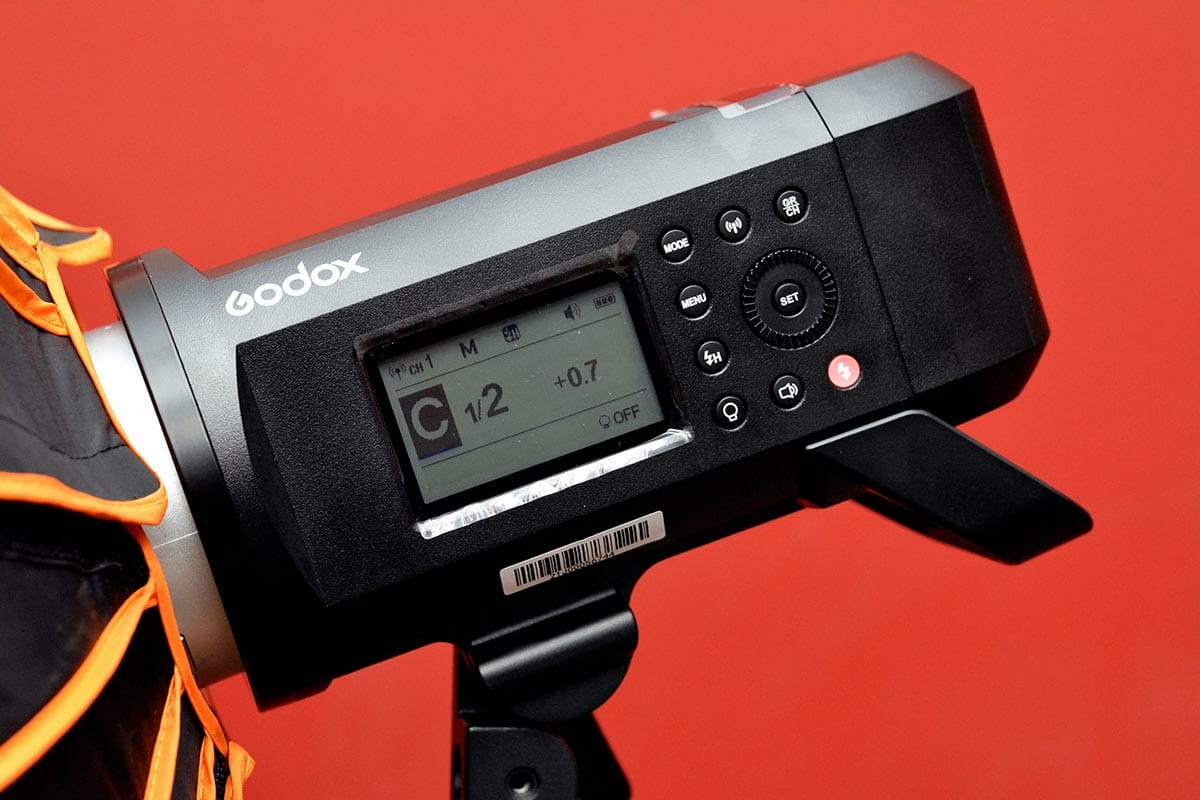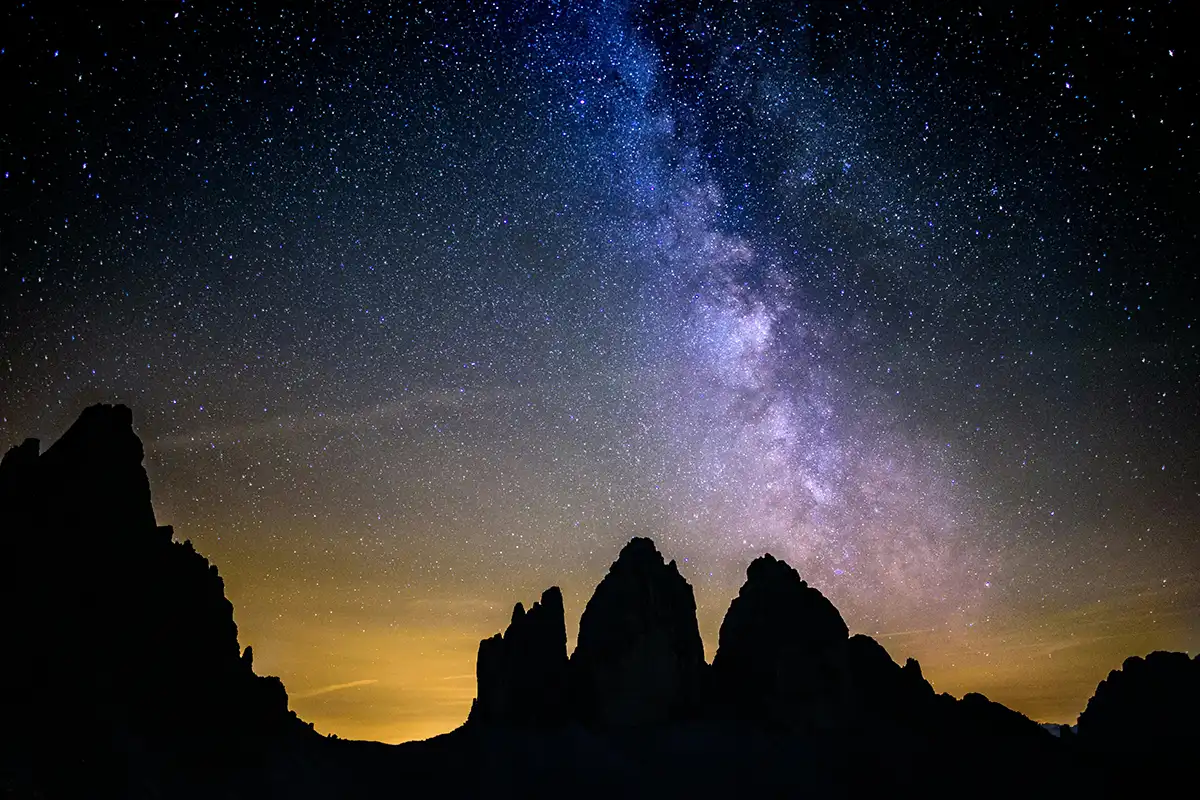
Astrophotography is a captivating art form that allows us to capture the breathtaking beauty of the cosmos.
From the mesmerising swirls of distant galaxies to the serene glow of nebulae, the night sky is a canvas waiting to be immortalised through the lens of a skilled astrophotographer.
I’ve written this guide to share with you the world of the best astrophotographers, exploring their unique styles, techniques, and the stunning images they have created.
The Pioneers of Astrophotography
Astrophotography has a rich history, with pioneers who paved the way for the art form as we know it today.
One such individual is George Eastman, the founder of Kodak, who played a pivotal role in the development of early astrophotography. His innovations in camera technology and film processing made it possible for amateur astronomers to capture the night sky with greater ease and precision.
Another influential figure in the world of astrophotography is John Herschel, the son of the renowned astronomer William Herschel.
Herschel’s contributions to the field include the development of the cyanotype process, which allowed for the creation of detailed photographic records of celestial objects. His work laid the foundation for the stunning images we see today.
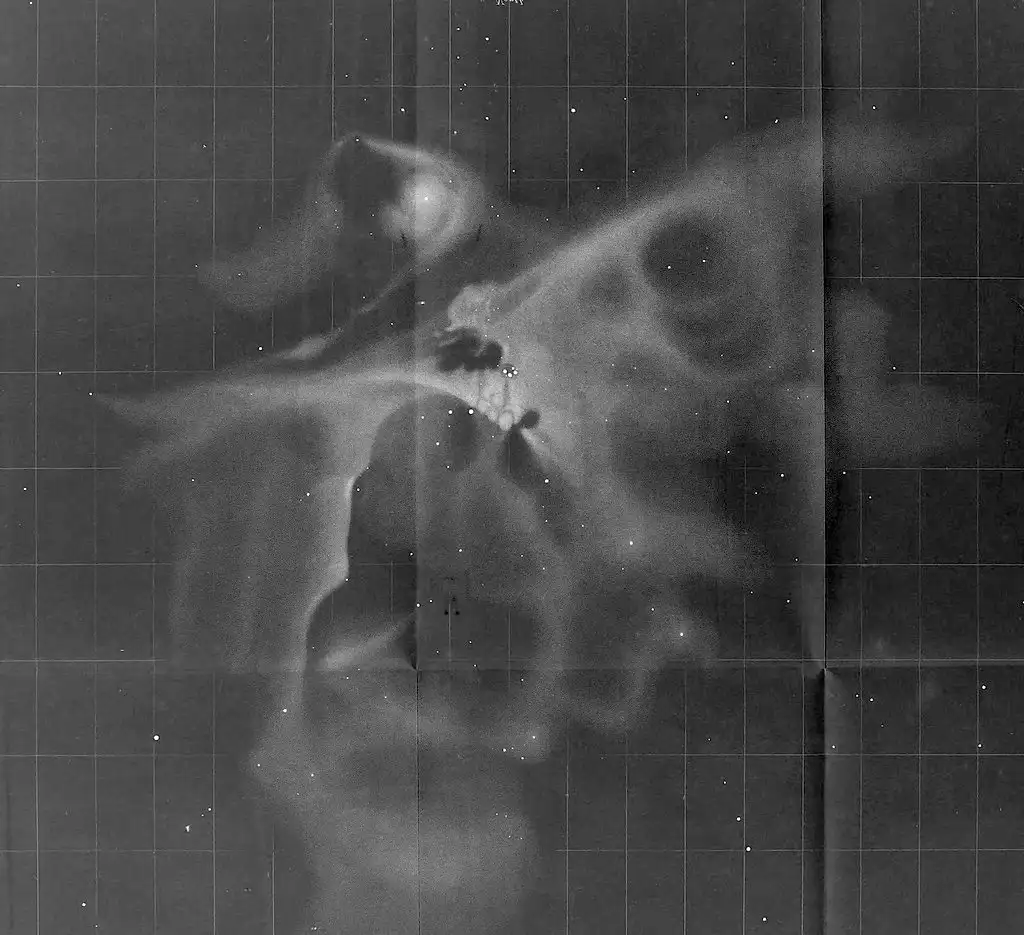
3 Greats of Astrophotography
As astrophotography has evolved, a new generation of talented individuals has emerged, pushing the boundaries of what is possible.
These masters of the craft have honed their skills, mastered the technical aspects of their equipment, and developed a keen eye for capturing the beauty of the cosmos.
Rogelio Bernal Andreo
One such master is Rogelio Bernal Andreo, a Spanish astrophotographer whose work has been widely acclaimed. Andreo’s images are characterised by their stunning detail, vibrant colours, and a unique perspective that often incorporates the Earth’s landscape into the frame.
His dedication to his craft and his ability to capture the grandeur of the night sky have earned him numerous awards and recognition within the astrophotography community.
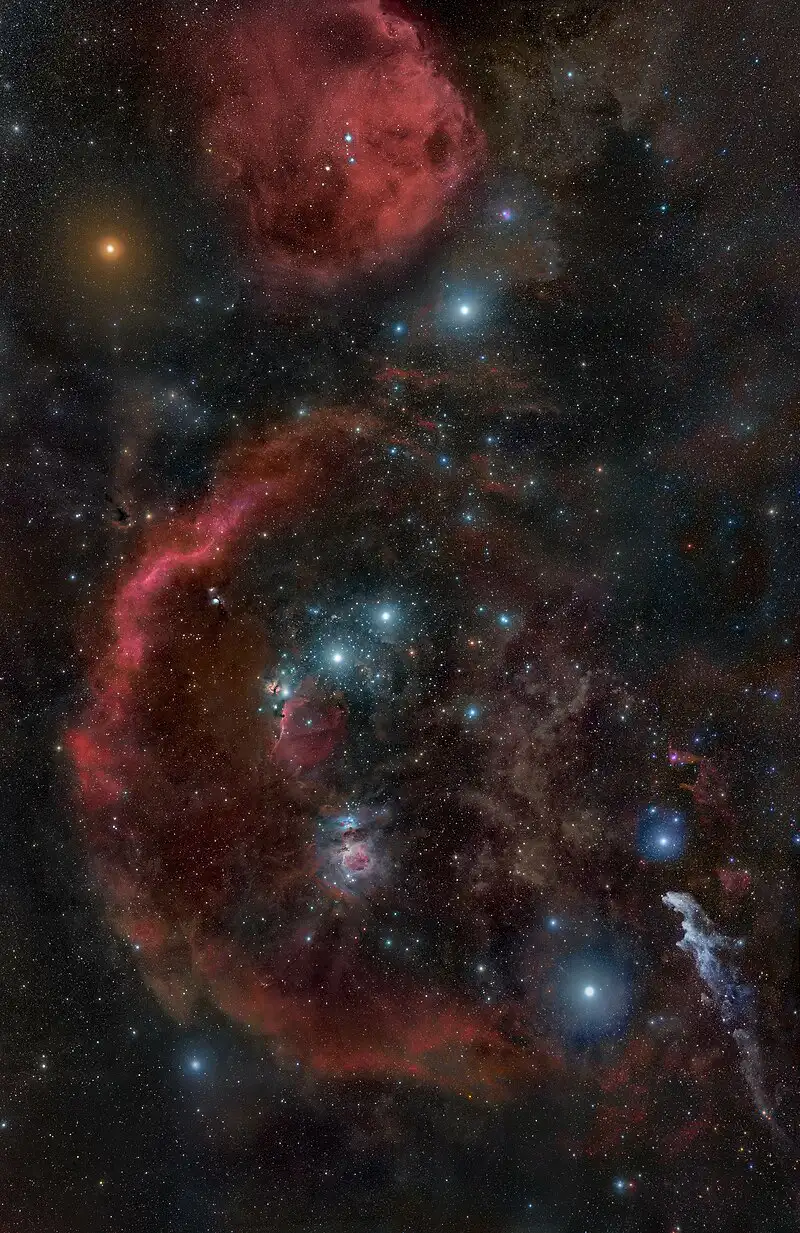
Göran Strand
Another renowned astrophotographer is Göran Strand, a Swedish artist who has a remarkable talent for capturing the Aurora Borealis. Strand’s images are not only visually stunning but also convey a sense of wonder and awe at the natural phenomena unfolding before his lens.
His ability to anticipate and predict the movement of the Northern Lights has allowed him to capture some of the most breathtaking displays of this celestial light show.
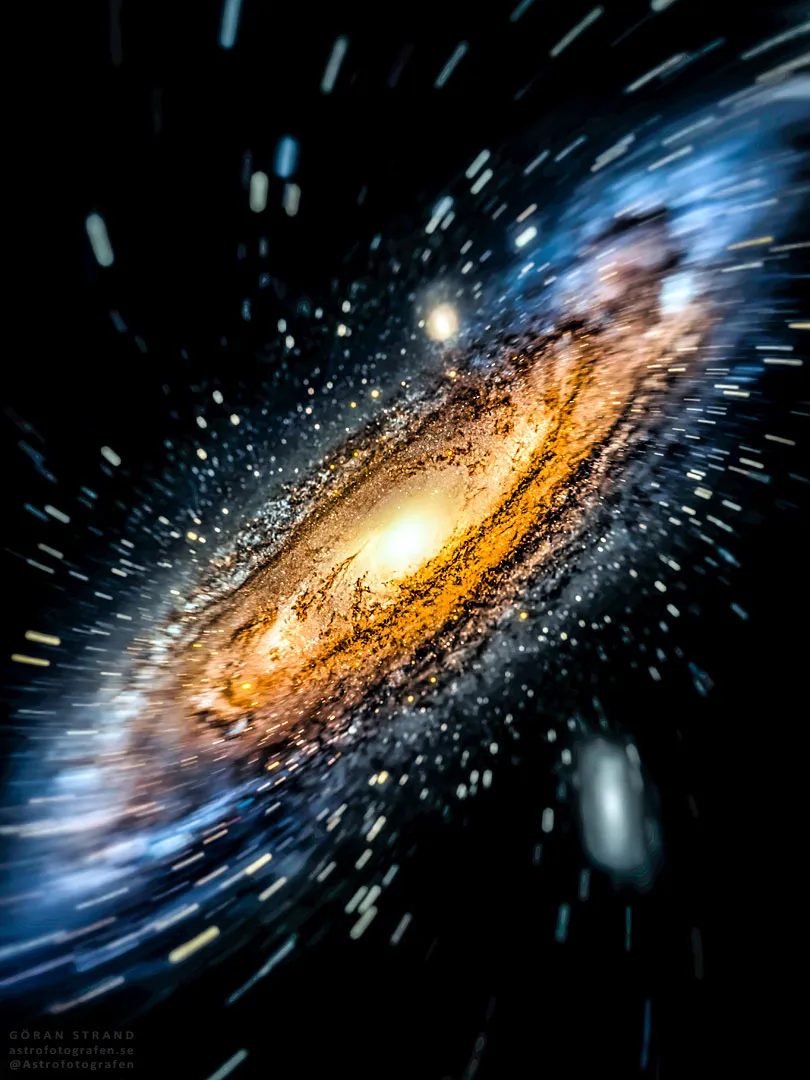
Damian Peach
Damian Peach, a British astrophotographer, is known for his exceptional planetary and lunar images.
His attention to detail and his mastery of image processing techniques have allowed him to produce stunning close-up shots of the planets in our solar system, revealing intricate details and textures that are often invisible to the naked eye.
Peach’s work has been featured in numerous publications and has earned him a reputation as one of the best planetary astrophotographers in the world.
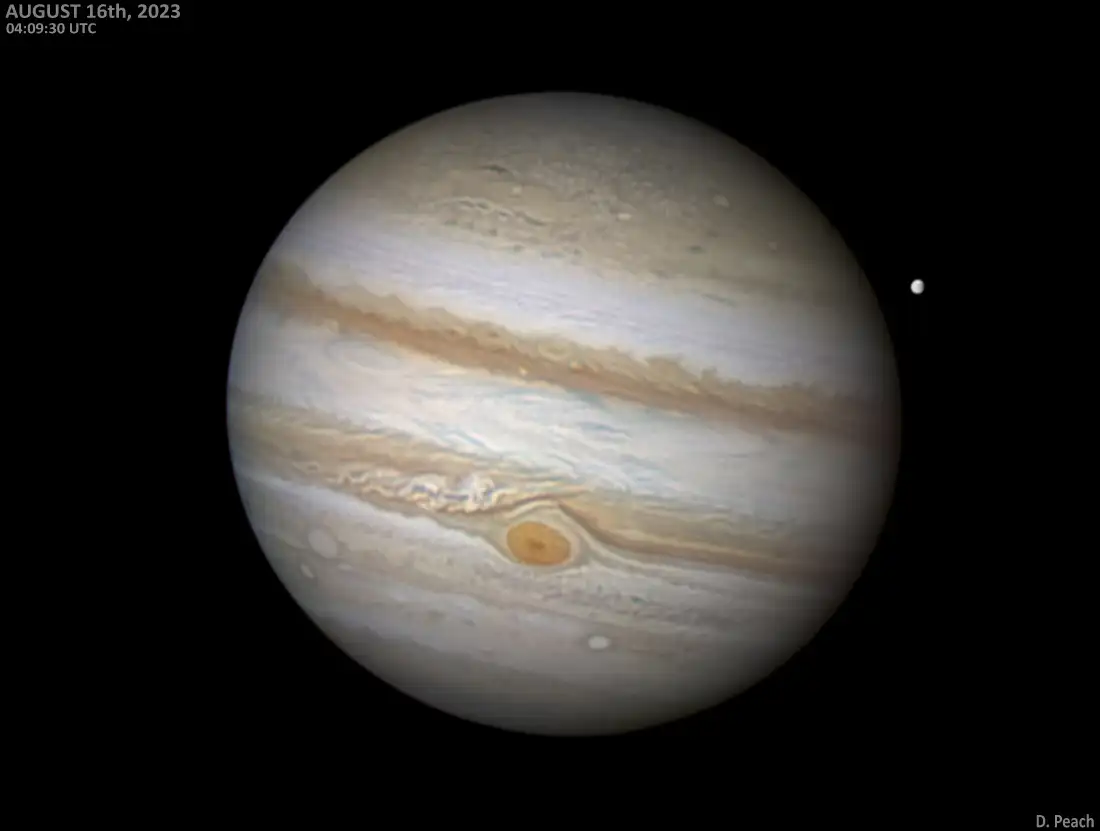
The Artistry of Astrophotography
Astrophotography is not just a technical pursuit; it is also an art form that requires a keen eye for composition, an understanding of light and colour, and a deep appreciation for the beauty of the cosmos.
The best astrophotographers are not only skilled in the technical aspects of their craft but also possess a unique artistic vision that allows them to capture the grandeur of the night sky in a way that is both visually stunning and emotionally resonant.
The Importance of Composition
One of the key elements that sets the best astrophotographers apart is their mastery of composition.
They understand how to frame their subjects in a way that draws the viewer’s eye to the most captivating elements of the image, whether it’s the sweeping curves of a distant galaxy or the intricate details of a nebula.
By carefully considering the placement of celestial objects, the use of negative space, and the inclusion of foreground elements, these artists are able to create images that are not only technically impressive but also visually compelling.
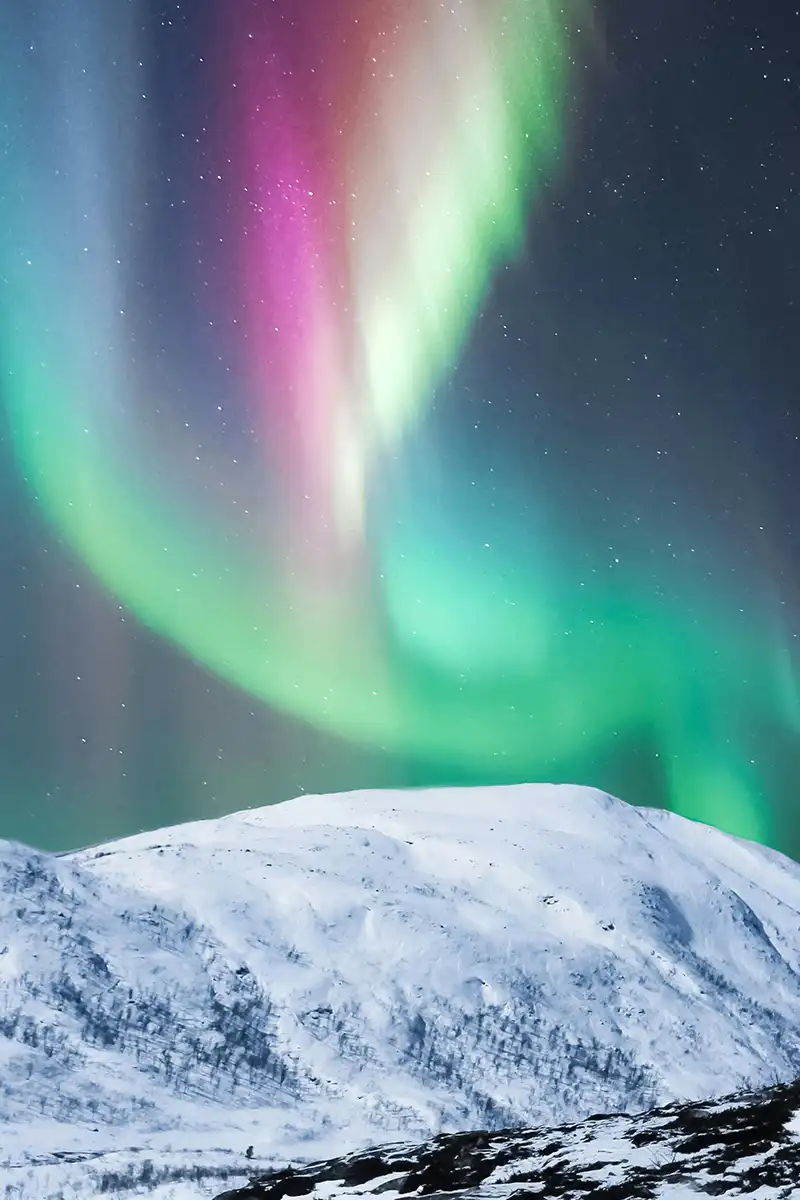
The Role of Colour and Light
Another crucial aspect of astrophotography is the use of colour and light.
The best astrophotographers have a deep understanding of the science behind the colours and luminosity of celestial objects, and they use this knowledge to enhance the emotional impact of their images.
By carefully adjusting the exposure, balancing the colour temperature, and manipulating the contrast, they are able to bring out the rich hues and subtle nuances of the night sky, creating images that are both scientifically accurate and aesthetically stunning.
While the artistic elements of astrophotography are undoubtedly important, the technical aspects of the craft are equally crucial.
Capturing the beauty of the cosmos requires a deep understanding of the equipment and techniques involved, as well as a willingness to constantly adapt and learn in the face of new challenges.
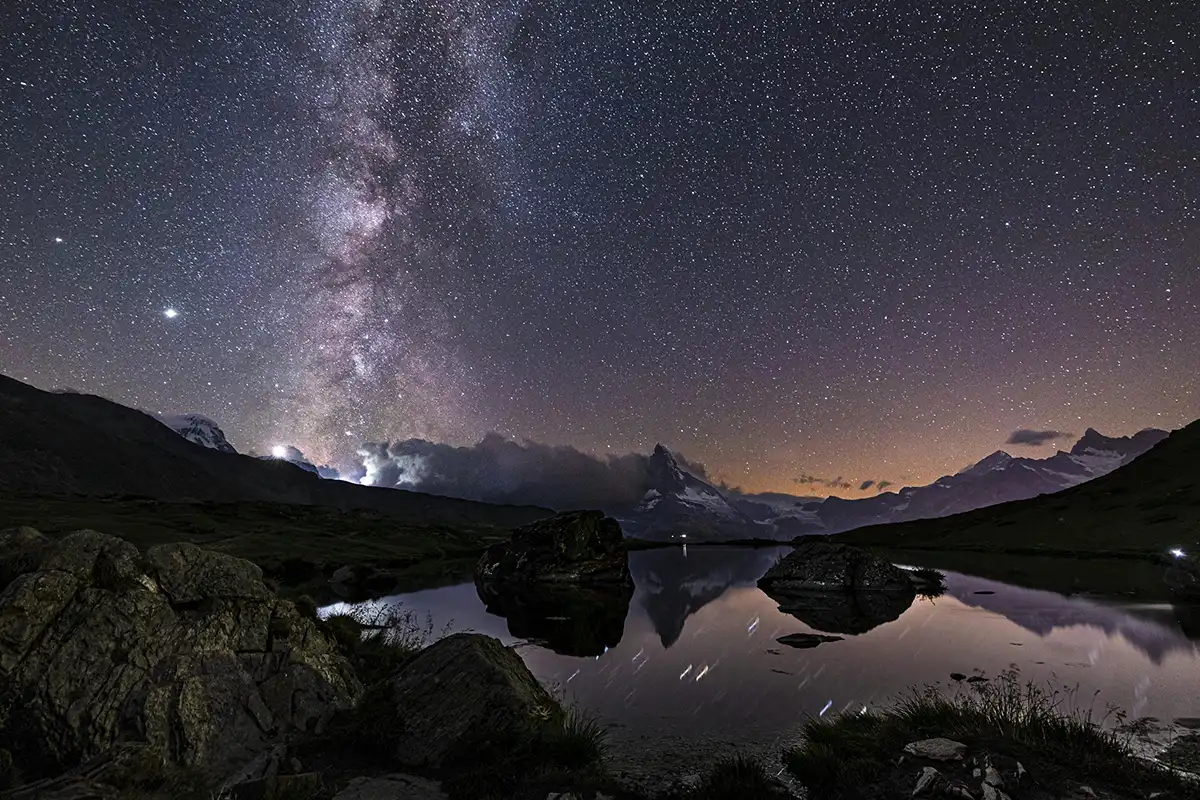
Mastering the Equipment
Astrophotography requires a specialised set of equipment, including high-quality cameras, lenses, and telescopes.
The best astrophotographers have a deep understanding of the capabilities and limitations of their gear, and they are able to use it to its full potential.
This may involve modifying or customising their equipment, experimenting with different settings and techniques, and staying up-to-date with the latest advancements in the field.
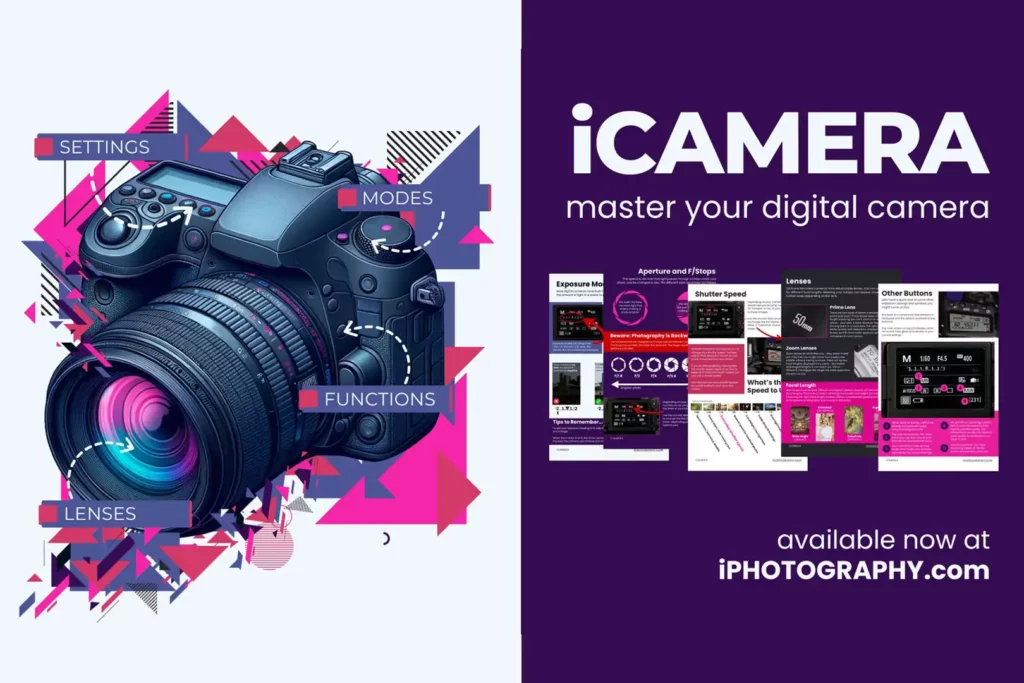
Download our Latest FREE Photography Book
Overcoming Environmental Challenges
Astrophotography is also subject to a range of environmental challenges, from light pollution and atmospheric disturbances to the unpredictable nature of celestial events.
The best astrophotographers have developed strategies for overcoming these obstacles, whether it’s choosing the optimal location for their shoots, using specialised filters and software to reduce the impact of light pollution, or carefully timing their exposures to capture the most dramatic moments in the night sky.
Ultimately, what sets the best astrophotographers apart is their unwavering dedication and passion for their craft.
These individuals are not simply taking pictures of the night sky; they are exploring the mysteries of the universe, pushing the boundaries of what is possible, and sharing their discoveries with the world.
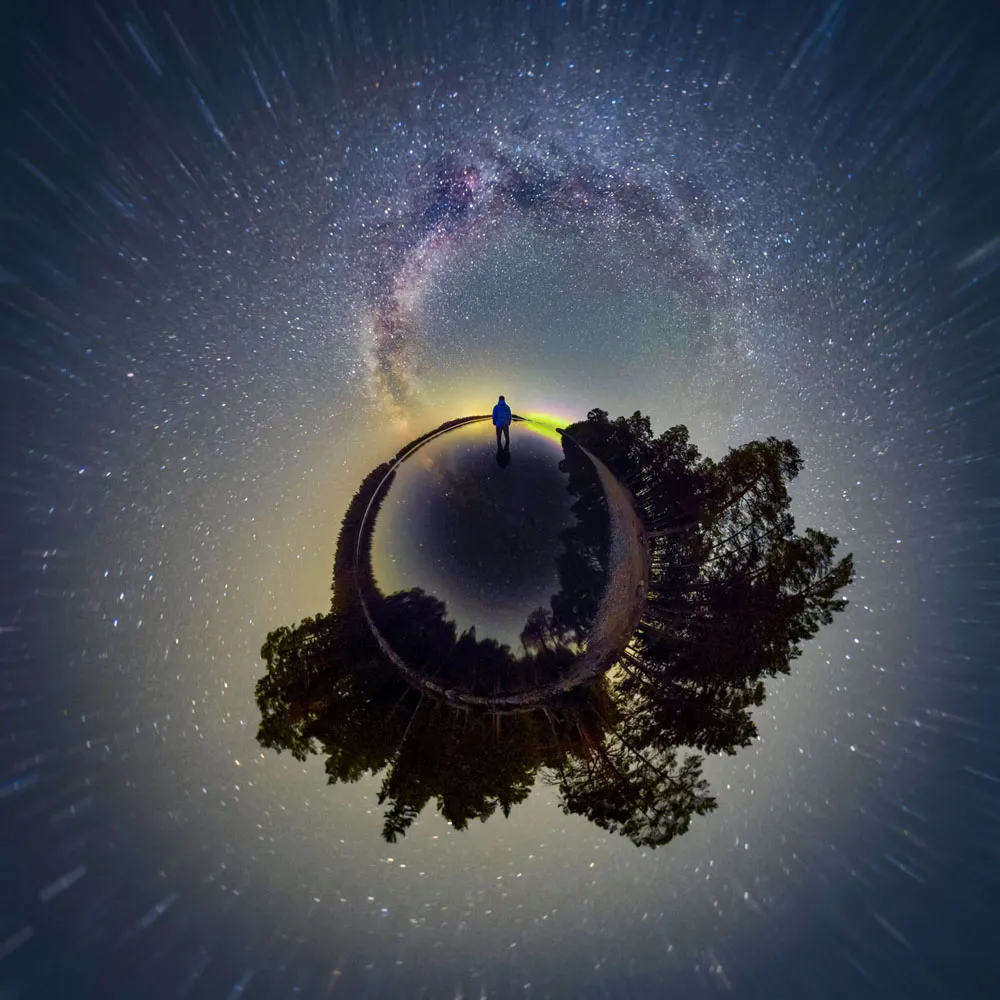
The Pursuit of Perfection
The best astrophotographers are constantly striving for perfection, spending countless hours honing their skills, experimenting with new techniques, and refining their images to achieve the highest level of quality and detail.
This dedication is evident in the stunning images they produce, which often represent the culmination of years of hard work and perseverance.
The Thrill of Discovery
For many astrophotographers, the true reward lies not in the accolades or recognition they receive, but in the thrill of discovery. These individuals are driven by a deep curiosity about the cosmos, and they find immense satisfaction in capturing images that reveal new insights about the nature of the universe.
Whether it’s a rare celestial event, a previously undocumented feature of a distant galaxy, or a unique perspective on a familiar astronomical object, the best astrophotographers are always seeking out new and exciting discoveries to share with the world.
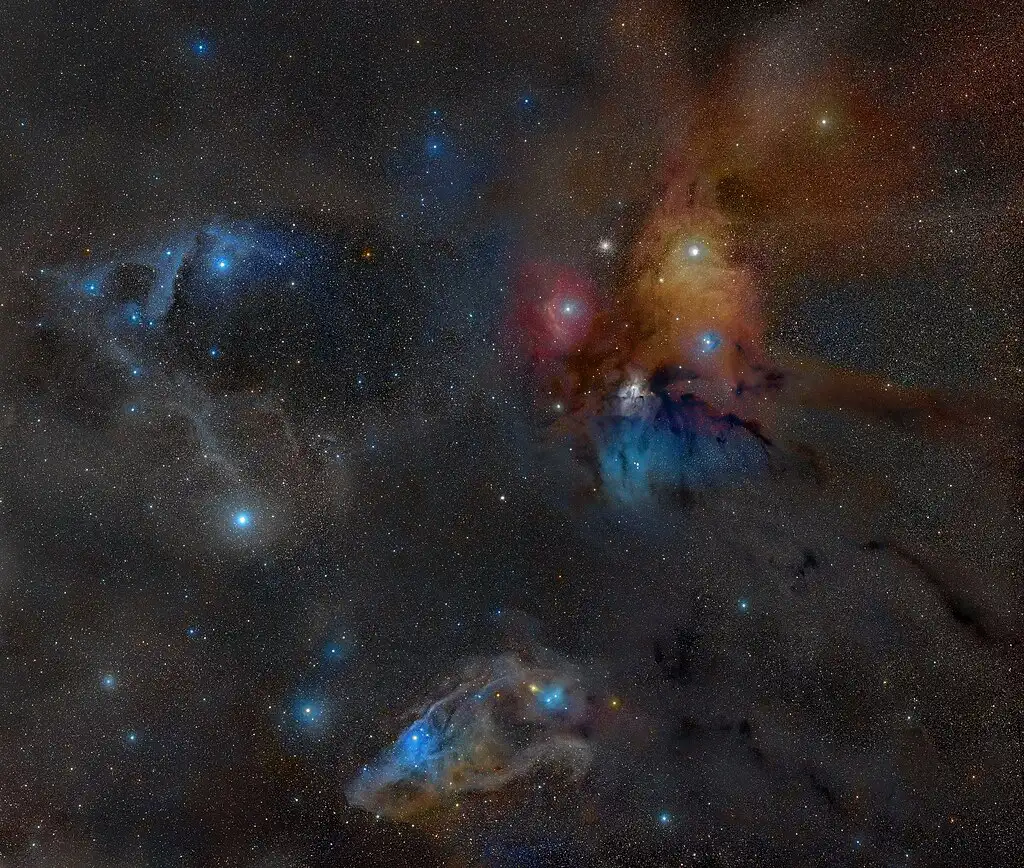
The Gear of the Celestial Masters
Professional astrophotographers utilise a range of specialised equipment to capture the stunning images that have captivated the world. Here are some of the key components they rely on:
Best Astronomy Cameras
The best astrophotographers often use dedicated astronomy cameras, which are designed specifically for low-light, long-exposure photography.
These cameras feature large sensors, advanced cooling systems to minimise noise, and the ability to capture images in monochrome or with specialised filters.
Examples include the ZWO ASI1600MM Pro, the Nikon D810A, and the Canon EOS Ra
Best Telescopes and Lenses
Astrophotographers require high-quality telescopes and lenses to capture the intricate details of celestial objects. Popular choices include apochromatic refractor telescopes, such as the Explore Scientific 80mm f/6 ED APO Triplet, and large-aperture reflector telescopes, like the Orion 8″ Astrograph f/3.9. These instruments are often paired with specialised accessories, such as coma correctors and field flatteners, to optimise image quality.
Top Mounts and Star Tracking Systems
Accurate tracking is essential for astrophotography, as the Earth’s rotation can cause stars to appear as streaks in long-exposure images. Professional astrophotographers use advanced equatorial mounts, such as the Sky-Watcher EQ6-R Pro which can precisely track the movement of celestial objects.
Many also employ autoguiding systems, which use a separate guide camera and telescope to continuously adjust the mount’s tracking.
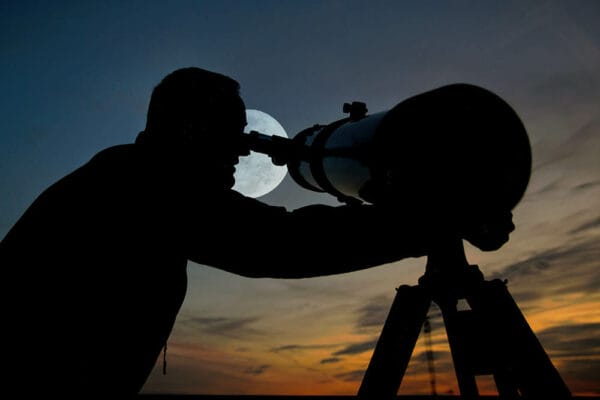
Accessories and Software
Astrophotographers rely on a range of accessories to enhance their images, including light pollution filters, dew heaters, and electronic focusers.
They also utilise specialised software for image processing, such as DeepSkyStacker, PixInsight, and Adobe Photoshop, to combine multiple exposures, remove noise, and enhance the final image.
By leveraging this specialised equipment and software, the best astrophotographers are able to capture the breathtaking beauty of the cosmos in unprecedented detail, revealing the hidden wonders of the universe for all to behold.
Save Money at K&F Concept
Our friends at KentFaith are offering all iPhotography readers and members 12% OFF your purchase with exclusive code ‘iPhotography12’.

Conclusion: Celebrating the Best Astrophotographers
In the world of astrophotography, the best practitioners are not just skilled technicians; they are artists, explorers, and visionaries who are pushing the boundaries of what is possible.
Through their stunning images and their unwavering dedication to their craft, these individuals are inspiring a new generation of stargazers and helping to deepen our understanding of the cosmos.
As we continue to explore the wonders of the night sky, it is important to celebrate the achievements of the best astrophotographers and to recognise the vital role they play in expanding our knowledge and appreciation of the universe.
Whether you are a seasoned astrophotographer or a casual stargazer, the images and stories of these celestial masters are sure to captivate and inspire you.
(iPhotography may make small commissions from links in this article.)


